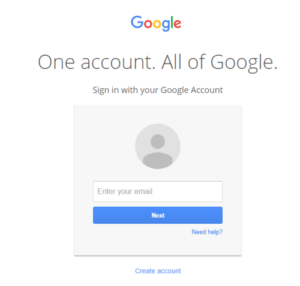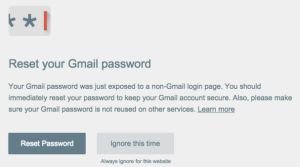Gmail users are not safe from phishing. Indeed, the e-mail platform of Google is also the prey of a phishing attempt, unfortunately quite well orchestrated.
To understand this phishing on Gmail users, let’s begin by reminding what phishing is. Who has never received an e-mail indicating a refund due to an overpayment? Or a mail from a bank requiring you to enter your password as part of an audit procedure?
The crooks send thousands of e-mails like these, pretending to be an official entity (Bank, Microsoft, Apple, …). Their goal is that a victim believes this and discloses personal information (Credit card number, password, …). This scam on the internet is what is called phishing.
Phishing applied to Gmail
In the case of Gmail, the phishing attempt looks a bit different. The method is about sending a message to the person to be trapped. For more efficiency, scammers used a corrupted account belonging to a legitimate owner known by the potential victim.
This mail invites the recipient to open a document stored on “Google Drive”, the cloud storage service of the Internet giant. This service is pretty well known to familiar Gmail users. But after having clicked on the link, the Gmail login page appears of instead of the expected document.
Surprised, the person thinks he / she has been disconnected and then enter again his email address and password. Unfortunately, this is where the fraud takes place. It was not an untimely disconnection, but a misleading page displayed by the crooks after having clicked on the request to access Google Drive.
Skilled users were trapped
The scammers have now recovered the login / password and then rapidly access the victim’s mailbox. They check e-mails for sensitive data. They also take advantage of this access by stealing the address book of the victim. The scammers can then reproduce the process of such phishing attempt.
This phishing attempt targeting Gmail accounts is subtle and many skilled users get caught. A more discrete, visible element of this fraud attempt is the URL used. This is different from the normal address: https://mail.google.com. But scammers know that we don’t always pay attention to the content of the bar at the top of the internet browsers.
Be vigilant Gmail users! And pay attention especially if one of your contacts invite you to view a document on Google Drive.


